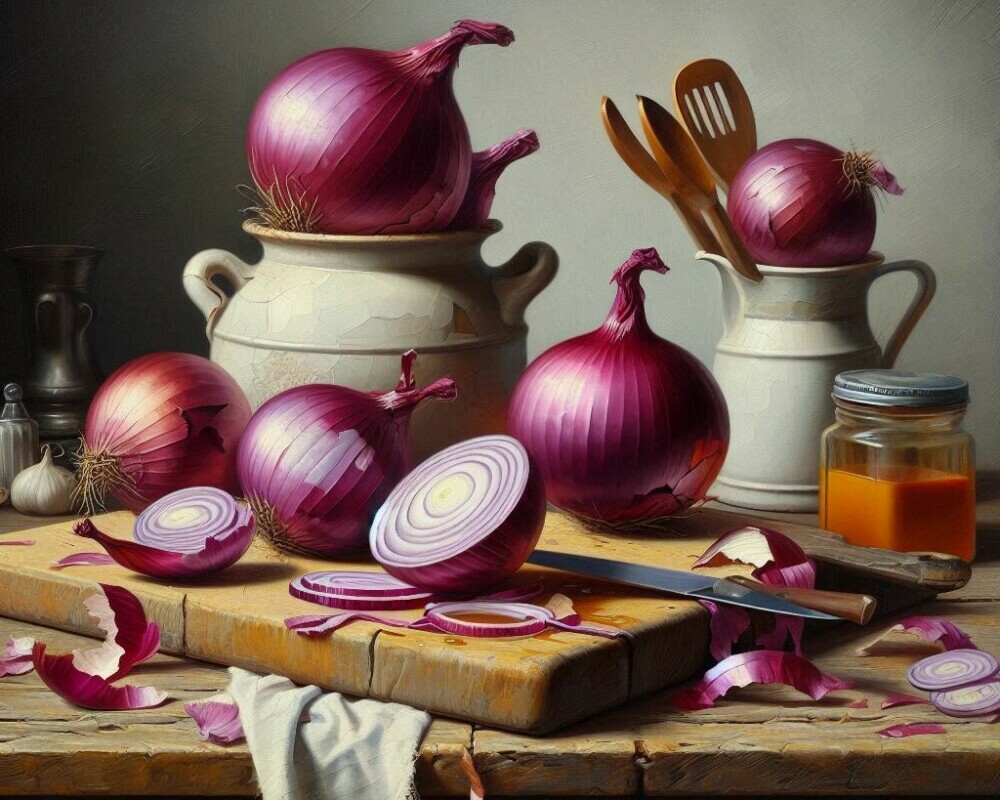My goal this year is to be more creative with my waste, with times been tough for many of us I decided to up my game and re use everything and not waste things.
With the cost of living rising all the time, my household of 6 has certainly noticed the rise in food costs and like many of us who work to support their families will notice their incomes have not risen to compromise the price of living.
So to the internet I headed and started my research of becoming for sustainable, so my first attempt and me waste free was after I had chopped up some purple onions I looked at other ways of using the left over skins and to my surprise you can make onion powder out of the skins, I tell you I’m never buying store onion powder again this was amazing, and the difference in taste in our foods that i added it to was incredible, spaghetti bolognaise been the hit of the night.
So where do we begin, onion powder is a versatile and essential ingredient in many kitchens, adding a concentrated burst of flavor to a variety of dishes. While most people throw out their onion skins or feed them to the chickens, this often-overlooked scrap can be transformed into a potent and aromatic powder. Not only is this a fantastic way to reduce kitchen waste, but it also ensures that you always have a homemade, additive-free seasoning on hand. Here’s a step-by-step guide to making your own onion powder from onion skins.
Step-by-Step Guide to Making Onion Powder from Onion Skins
What You’ll Need:
- Onion skins (the papery outer layers of onions)
- Baking sheet
- Parchment paper (optional)
- Oven or food dehydrator
- Spice grinder, coffee grinder, or blender
- Fine mesh sieve (optional)
- Airtight container for storage
Preparation:
- Collecting Onion Skins:
-
- Save the papery outer skins of onions whenever you use them in cooking. I saved a container and every time I peeled an onion, I added the skins to the container till I had enough to make the powder, or you could also chop up all your onions and bag them and put them in the freezer which is what I did as I’m impatient lol. Red, yellow, and white onion skins can all be used, and combining different types can add depth to the flavor of your onion powder.
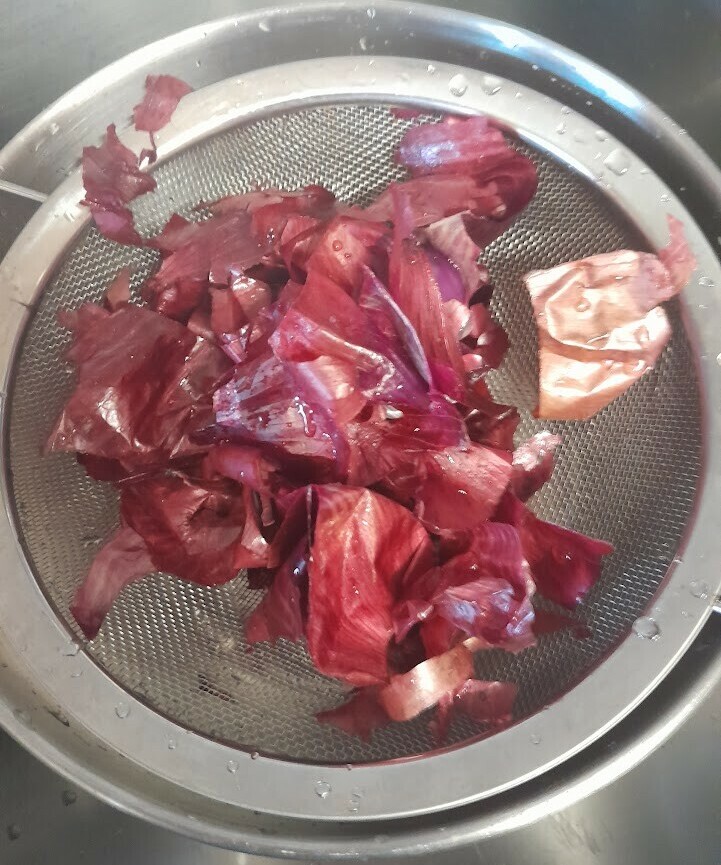 Drying the Skins:
Drying the Skins:
-
- Using an Oven:
-
- Preheat your oven to the lowest temperature setting, ideally around 150°F (65°C).
- Spread the onion skins evenly on a baking sheet. Lining the sheet with parchment paper can make clean-up easier.
- Place the baking sheet in the oven and let the skins dry for about 2-3 hours. Check them periodically to ensure they do not burn. The skins should become crispy and break easily when fully dried.
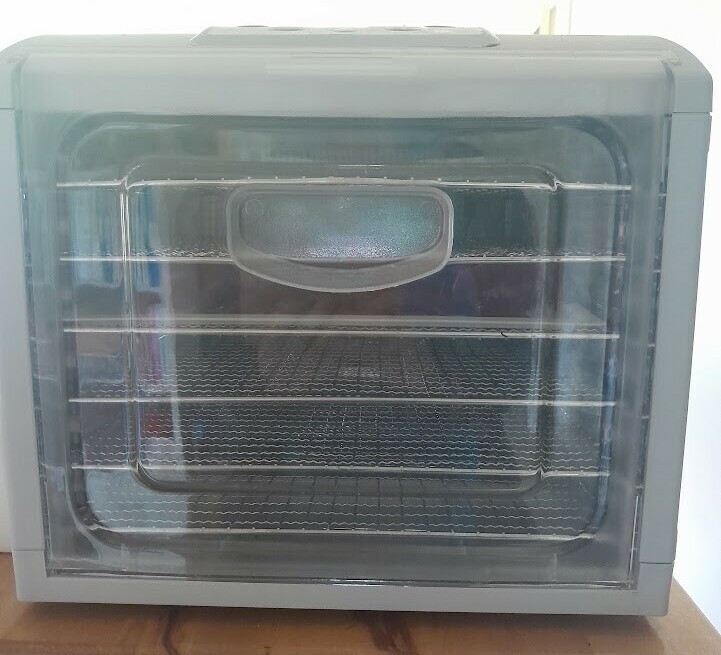
-
- Using a Food Dehydrator:
-
- Arrange the onion skins in a single layer on the dehydrator trays.
- Set the dehydrator to 70°C which is what my Bio chef Dehydrator is on and let the skins dry for 8-10 hours, or until completely crisp.
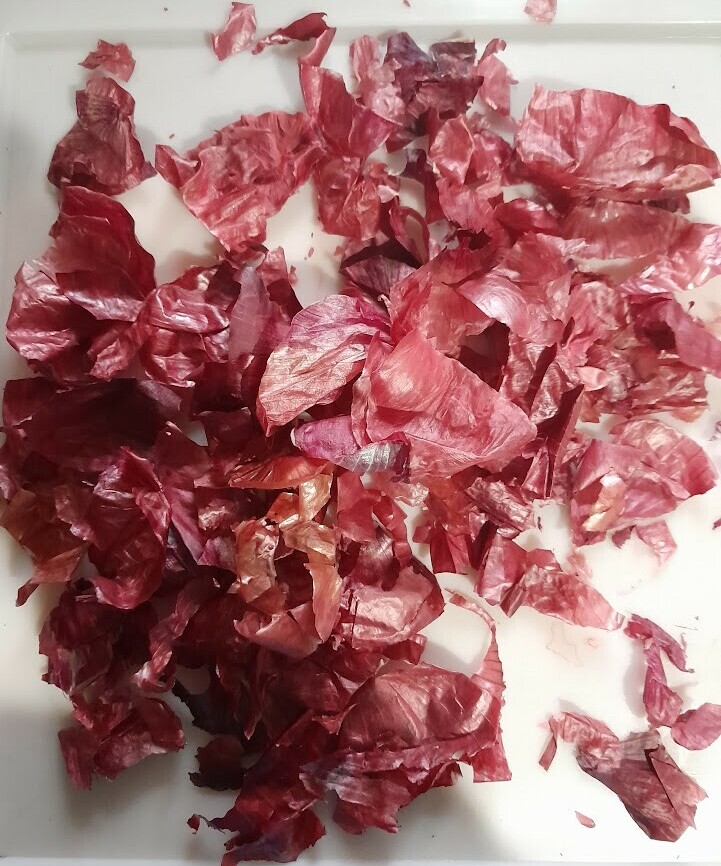
- Grinding the Skins:
-
- Once the skins are thoroughly dried, place them in a spice grinder, coffee grinder, or blender. I have a coffee grinder and its perfect for this.
- Pulse until the skins are ground into a fine powder. This may take a few minutes, and you might need to grind in batches depending on the amount of skins and the size of your grinder.
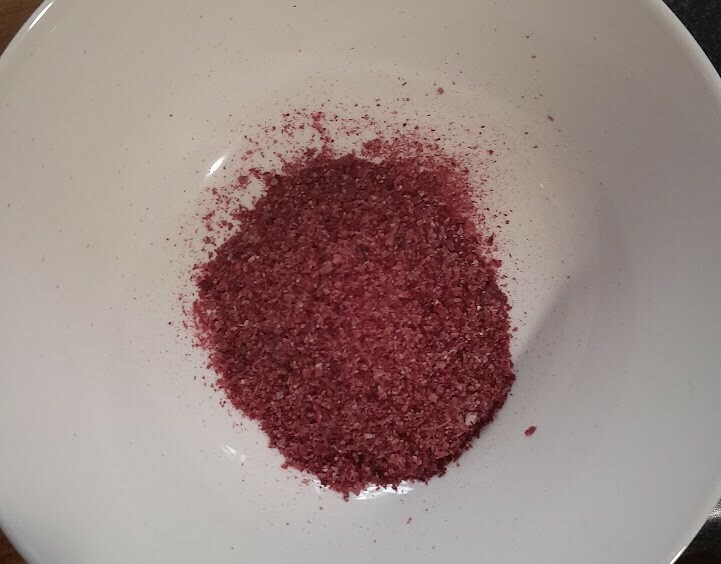
- Sifting the Powder (Optional):
-
- To achieve a finer consistency, you can sift the ground powder through a fine mesh sieve. Larger pieces that don’t pass through the sieve can be returned to the grinder for further processing. However, I liked how mine turned out i wasn’t after a fine powder.
- Storing the Onion Powder:
-
- Transfer the onion powder to an airtight container to preserve its freshness and flavor. Store it in a cool, dark place, like a pantry or cupboard.
Uses for Homemade Onion Powder
- Seasoning Dishes:
-
- Add a teaspoon of onion powder to soups, stews, sauces, and gravies for a concentrated onion flavor without the texture of chopped onions.
- Spice Blends:
-
- Incorporate onion powder into homemade spice blends, such as taco seasoning, BBQ rubs, or curry powders. It pairs well with garlic powder, paprika, cumin, and chili powder.
- Marinades and Dry Rubs:
-
- Use onion powder in marinades and dry rubs for meats, poultry, and vegetables to enhance their flavor before grilling, roasting, or sautéing.
- Baking:
-
- Mix onion powder into bread dough or savory pastries for a subtle, aromatic taste.
- Salad Dressings and Dips:
-
- Whisk onion powder into salad dressings, mayonnaise, or yogurt-based dips for an added layer of flavor.
- Sprinkling on Snacks:
-
- Sprinkle a bit of onion powder on popcorn, roasted nuts, or homemade chips for a quick and flavorful snack upgrade.

